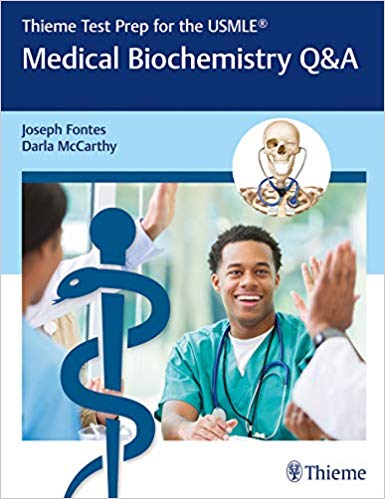Περιεχόμενα
1 The use of the laboratory
2 Interpretation of results: diagnosis
3 Interpretation of results: general
4 Interpretation of results: monitoring
5 Analytical aspects
6 The clinical biochemistry laboratory
7 Fluid and electrolytes: basic concepts
8 The use of the laboratory
9 Water and sodium balance: physiological mechanisms
10 Interpretation of results: general
11 Interpretation of results: diagnosis
12 Hyponatraemia: assessment and management
13 Interpretation of results: monitoring
14 Hypernatraemia
15 Hyponatraemia: pathophysiology
16 Analytical aspects
17 Hyperkalaemia
18 Hypokalaemia
19 Intravenous fluid therapy
20 Fluid and electrolytes: basic concepts
21 Investigation of renal function (1)
22 Water and sodium balance: physiological mechanisms
23 Investigation of renal function (2)
24 Hyponatraemia: pathophysiology
25 Urinalysis
26 Hyponatraemia: assessment and management
27 Proteinuria
28 Acute kidney injury
29 Chronic kidney disease
30 Hypokalaemia
31 Acid–base: concepts and vocabulary
32 Metabolic acid–base disorders
33 Intravenous fluid therapy
34 Respiratory and mixed acid–base disorders
35 Investigation of renal function (1)
36 Acid–base disorders: diagnosis and management
37 Investigation of renal function (2)
38 Proteins and enzymes
39 Urinalysis
40 Immunoglobulins
41 Acute kidney injury
42 Myocardial infarction
43 Chronic kidney disease
44 Jaundice
45 Liver function tests
46 Liver disease
47 Acid–base: concepts and vocabulary
48 Glucose metabolism and diabetes mellitus
49 Metabolic acid–base disorders
50 Diagnosis and monitoring of diabetes mellitus
51 Respiratory and mixed acid–base disorders
52 Diabetic ketoacidosis
53 Acid–base disorders: diagnosis and management
54 Hypoglycaemia
55 Calcium regulation and hypocalcaemia
56 Proteins and enzymes
57 Hypercalcaemia
58 Immunoglobulins
59 Phosphate and magnesium
60 Metabolic bone disease
61 Myocardial infarction
62 Liver function tests
63 Osteoporosis and fragility fractures
64 Dynamic function tests
65 Liver disease
66 Endocrine control
67 Pituitary function
68 Growth disorders and acromegaly
69 Glucose metabolism and diabetes mellitus
70 Diagnosis and monitoring of diabetes mellitus
71 Thyroid pathophysiology
72 Hypothyroidism
73 Diabetic ketoacidosis
74 Hyperthyroidism
75 Adrenocortical pathophysiology
76 Hypofunction of the adrenal cortex
77 Calcium regulation and hypocalcaemia
78 Hyperfunction of the adrenal cortex
79 Gonadal function
80 Subfertility
81 Nutritional assessment
82 Nutritional support
83 Parenteral nutrition
84 The metabolic response to injury
85 Gastrointestinal disorders
86 Iron
87 Growth disorders and acromegaly
88 Zinc and copper
89 Thyroid pathophysiology
90 Therapeutic drug monitoring
91 Toxicology
92 Metal poisoning
93 Alcohol
94 Ascites
95 Hypofunction of the adrenal cortex
96 Pleural fluid
97 Fetal monitoring and prenatal diagnosis
98 Hyperfunction of the adrenal cortex
99 Cerebrospinal fluid
100 Gonadal function
101 Lipoprotein metabolism
102 Identification of body fluids
103 Nutritional assessment
104 Clinical disorders of lipid metabolism
105 Nutritional support
106 Hypertension
107 Parenteral nutrition
108 Cancer and its consequences
109 Tumour markers
110 The metabolic response to injury
111 Gastrointestinal disorders
112 Multiple endocrine neoplasia
113 Hyperuricaemia
114 Myopathy
115 Zinc and copper
116 Therapeutic drug monitoring
117 Pregnancy
118 Antenatal screening
119 Metal poisoning
120 Screening the newborn for disease
121 Paediatric biochemistry
122 Inborn errors of metabolism
123 Selected inherited disorders
124 Identification of body fluids
125 Case history comments
126 Lipoprotein metabolism
127 Clinical disorders of lipid metabolism
128 Cancer and its consequences
129 Tumour markers
130 Multiple endocrine neoplasia
131 Fetal monitoring and prenatal diagnosis
132 Antenatal screening
133 Inborn errors of metabolism












